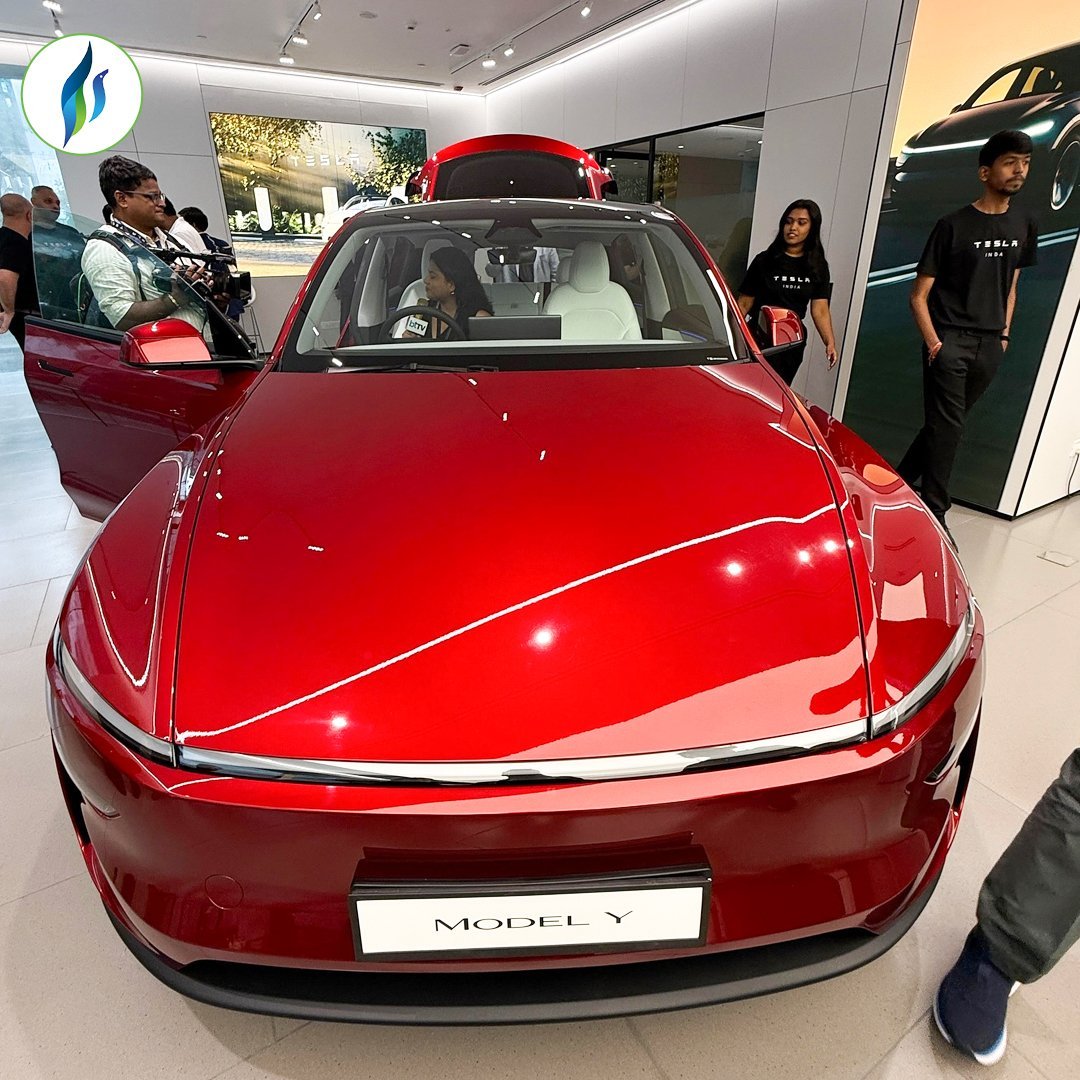Australia and China Signal Diplomatic Reset Through High-Level Talks

Chinese President Xi Jinping held a formal meeting with Australian Prime Minister Anthony Albanese in Beijing on Tuesday. The meeting suggested a fresh beginning in the diplomatic relationship between the two countries. President Xi stated that China is ready to improve cooperation with Australia and promote long-term development in their bilateral ties. This meeting was an important step as both countries look for common ground while managing complex international challenges.
This visit marked the first time in several years that an Australian Prime Minister has travelled to China. The timing of the visit is significant. China is working to rebuild its global image as a stable and reliable partner, especially after years of tension during the administration of former U.S. President Donald Trump. During the meeting, China also expressed interest in strengthening its free trade agreement with Australia and exploring new areas of cooperation such as artificial intelligence.
Albanese Stresses Dialogue and Stability
Prime Minister Albanese recognised the importance of maintaining stable ties with China. He noted that while China remains Australia’s largest trading partner, the Australian government will continue to make foreign policy decisions based on its national interest. He also underlined the need for open communication between the two countries.
He said that he welcomes the opportunity to present Australia’s views and discuss how both nations can support peace, stability, security, and prosperity across the region.
Later that day, Albanese was scheduled to meet Chinese Premier Li Qiang. The leaders were expected to discuss important topics such as trade in natural resources, the clean energy transition, and regional security. These issues have had a significant influence on the direction of the Australia-China relationship in recent years.
Openness to Cooperation Amid Ongoing Tensions
In the days leading up to the meeting, Chinese officials made it clear that they were open to improving ties with Australia. An article in China Daily welcomed the visit and described it as a sign that countries with different political systems can still work together. Still, certain tensions remain.
Australia continues to express concern over China’s increasing military presence in the region. There are also unresolved matters such as the ongoing detention of Australian writer Yang Hengjun. Australia has also increased scrutiny of foreign investments in its critical minerals sector and recently signaled plans to regain control over a port leased to China.
Business Leaders Accompany the Prime Minister
Trade continues to be a major factor in the relationship between China and Australia. Prime Minister Albanese was joined by senior executives from major mining companies such as Rio Tinto, BHP, and Fortescue. These companies have strong business interests in maintaining exports of iron ore and other key resources to China.
On Monday, the executives met with members of China’s steel industry. A wider business roundtable took place on Tuesday, which included participation from companies such as Bluescope Steel, Chinese electric vehicle manufacturer BYD, Baosteel, COFCO, and major banks. Bran Black, the CEO of the Business Council of Australia, said that events like this are important because they encourage strong connections between businesses in both countries.
He stated that the purpose of such meetings is to show support for ongoing engagement between businesses on both sides.
Conclusion
The recent high-level discussions between Australia and China mark a careful but promising effort to restore and strengthen diplomatic and economic ties. Although differences remain on several important issues, both countries appear committed to constructive engagement. This approach reflects an understanding that mutual cooperation is vital in a world that is increasingly shaped by shared interests and global responsibilities.
Read More: Click Here
